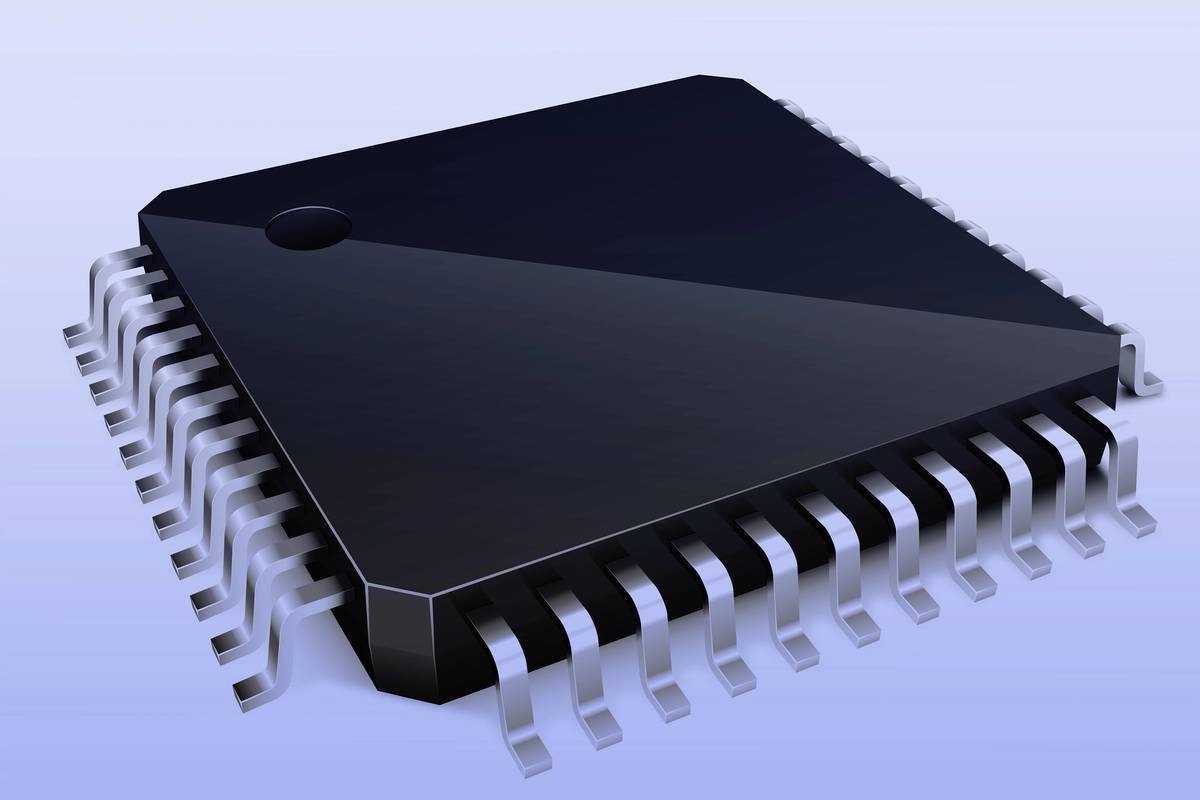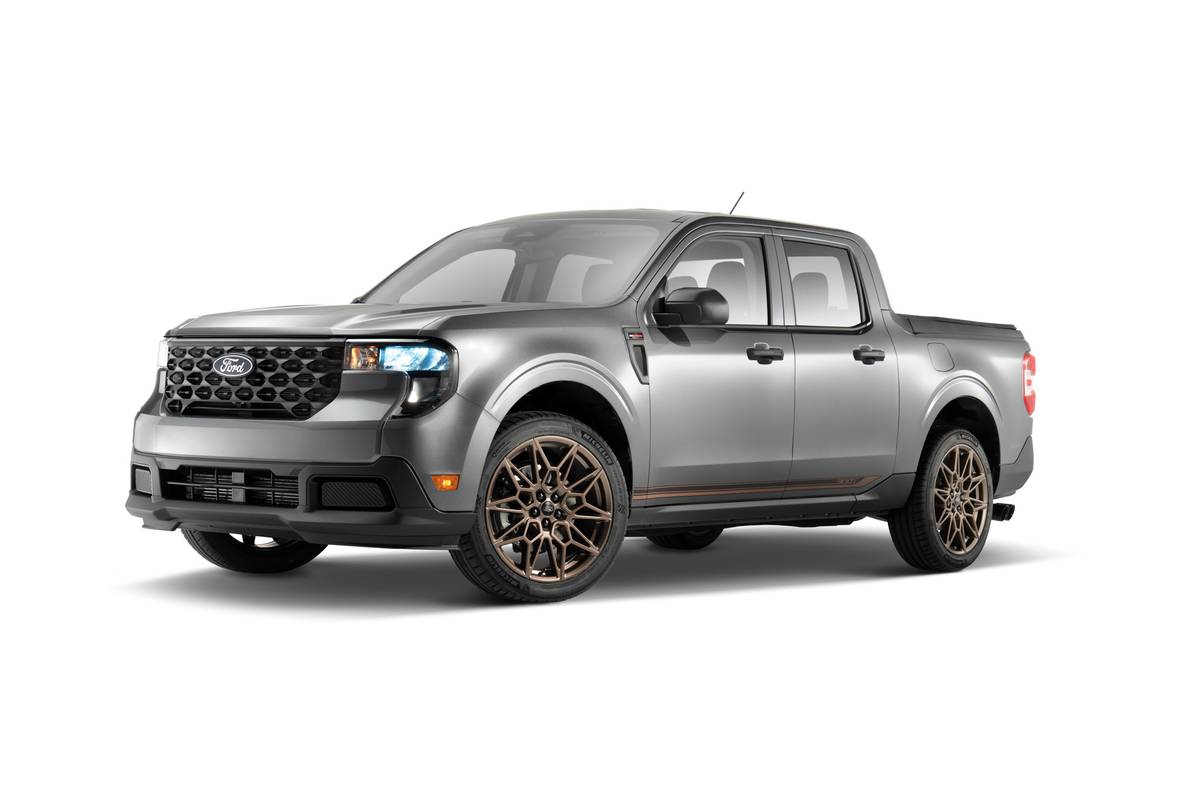The Morning Call and Mcall.com's view
The Oldsmobile Ninety-Eight is one of the legends of the automotive world. Introduced in 1941, it’s not only one of the longest-lasting models, but a car that has survived wars, recessions, oil embargoes, long gas lines and double- digit inflation – and all that with its dignity intact.
For the 1985 model year, the Ninety-Eight has been downsized. Although exterior dimensions have been reduced – it is a full 25 inches shorter than last year’s model – many of the interior dimensions remain about the same.
How is this possible? It’s because the new Ninety-Eight has gone to front- wheel drive. This powertrain configuration is responsible for much of the interior roominess. If you see the ’84 and ’85 Ninety-Eights side-by-side, it’s a little difficult to believe all this interior room has been retained. But if you doubt it, climb inside. Several people did just that to the test car (a Regency Brougham sedan supplied by Ruhe Oldsmobile, 15th and Tilghman streets, Allentown) and soon became believers.
These days, many cars have front-wheel drive and it might seem that the Ninety-Eight is just following the trend. However, keep in mind that the 1966 Oldsmobile Toronado was the first successfully-produced American front-wheel drive car. It was many years before the front-wheel drive trend caught on in this country. (Before anyone starts writing letters to say there were American front-wheel drive cars before the Toronado, remember the key words are ”successfully produced.” Even the famed Cord of the ’30s, which has now achieved near-sainthood status, was a big financial flop and, I realize this might be blasphemy, not that well engineered.)
But back to the 1985 Ninety-Eight. First of all, here are the dimensions (figures in parentheses are for the ’84 model): Length, 196.1 inches (221.1 inches); wheelbase, 110.8 inches (119 inches); width, 71.4 inches (76.3 inches); height, 55 inches (57.2 inches); trunk, 16.7 cubic feet (20.5 cubic feet), and curb weight, 3,292 pounds (3,927 pounds).
Obviously, the new Ninety-Eight is a long way from the old one. However, styling touches such as the formal roofline and smooth body side treatment help give it its familiar Ninety-Eight look. The new model, though, is more aerodynamic. Its hood sloops steeply to present a low frontal area, while the curvature of the deck lid reduces drag. Other touches for aerodynamic efficiency include smooth surfaces, more rounded edges, bumpers flush to the car and flush-mounted windshields and backlights. With all of this, Oldsmobile claims a coefficient of drag of .383 on the new model, which is a 13 percent improvement over the 1984 model.
The Ninety-Eight is a six-passenger car and a comfortable one at that. Helping out passenger room is the relatively flat floor, made possible by the front-wheel drive configuration. The floor is slightly raised, but middle passengers in the fro nt and back have more leg room than in a typical front engine/rear drive car with its high transmission hump and driveshaft tunnel. As can be expected in a Ninety-Eight, the interior is posh and impressive.
Oldsmobile classes the Ninety-Eight as a luxury car – not a sports sedan or luxury touring car; simply a luxury car. However, anyone driving the Ninety-Eight will be impressed with its easy handling and good performance. In fact, the test car handled better and had more power than many sports sedans I’ve driven.
The Ninety-Eight features four-wheel independent suspension – MacPherson- type strut/coils all around. Standard on all Ninety-Eights are P205/75R14 all-weather radial tires. The suspension is sprung for that ”boulevard” ride for which the Ninety-Eight’s always been noted, but the car feels at home on twisty two-lane blacktops. It takes curves and corners with little body lean and not too much driver effort.
Here are some examples at how th Ninety-Eight has changed over the last decade – the era of the oil embargo and mandated fuel mileage standards. In 1976, the Ninety-Eight was available with a 455 cubic inch V-8 engine. Even back in those days that was a big engine. In 1977 (the year the Ninety-Eight was made slightly smaller), there was the 403 V-8. In 1980, a big engine was a 350 V-8, and last year’s model had a 307 V-8.
This year, the Ninety-Eight does not offer a V-8 but a choice of three V-6s – the 3.0 liter or 181 cubic inch engine; the 3.8 liter or 231 cubic inch V-6, and an optional 4.3 liter or 263 cubic inch diesel. The test car had what I consider the best choice – the 231 V-6, which is standard equipment in the Regency Brougham (the 181 V-6 is standard in the plain Regency model).
The 231 V-6 features multi-port fuel injection (each cylinder has its own injector) and is rated at 125 horsepower at 4,400 rpm and 195 foot pounds torque at 2,000 rpm. This is only about 25 horses less than the V-8 in last year’s bigger Ninety-Eight, and because the new model is some 600 pounds lighter, performance does not suffer. In fact, it is somewhat better. Acceleration is impressive (zero to 55 mph in less than 10 seconds), as is passing power and mountain climbing.
Helping to squeeze out all the horses and torque of this engine is a well- geared four-speed automatic transmission. This transmission has an overdrive fourth gear, which allows the Ninety-Eight to just roll along on the highway. But the driver has to pay attention – the car has a tendency to roll right over the speed limit.
This engine/transmission combination produces good fuel mileage, but, then, that’s what the new, smaller Ninety-Eight is all about. The test car produced 16 miles per gallon for city driving and 24 mpg over Lehigh Valley highways. (The new, reduced EPA figures for the Ninety-Eight with this engine are 19 mpg city/26 mpg highway. Under the old system, the figures are 21 city/ 33 highway. What this means, of course, is that actual driving mileage will be closer to EPA sticker estimates.)
Here’s a review of the other engines – the standard 181 V-6 is rated at 110 horsepower at 4,800 rpm and 145 foot pounds torque at 2,600 rpm. EPA fuel estimates are 18 city/25 highway (notice that the ratings are lower than for the larger and more powerful 231 V-6). The diesel is rated at 85 horsepower at 3,600 rpm and 165 foot pounds torque at 1,600 rpm. Fuel estimates are 22 city/ 32 highway.
Base price for the Regency Brougham sedan is $15,864 and includes standard equipment such as air conditioning, power steering and brakes, power door locks and windows, electronic AM-FM stereo, digital clock, tilt steering wheel, divided front seat with power on driver’s side, locking wire disc wheel covers, automatic leveling system, dual remote control mirrors, tinted windows and intermittent wipers.
The test car has a bottom line price of $17,401, which includes a destination charge of $500 and options totaling $1,037. The options were numerous, relatively low-cost convenience and trim items.
Latest news



